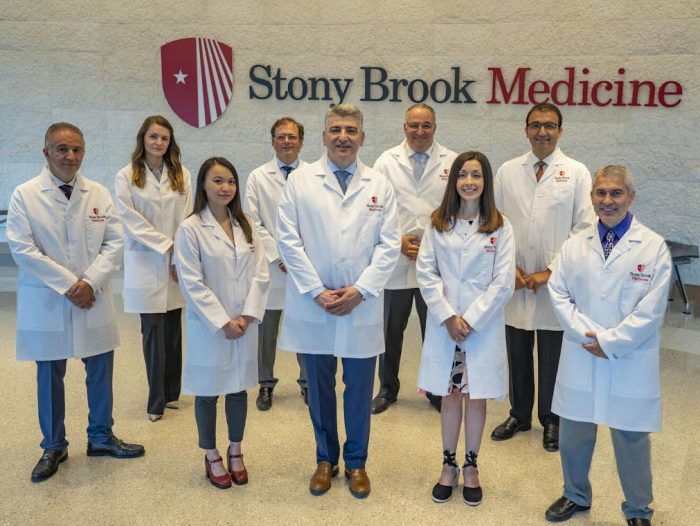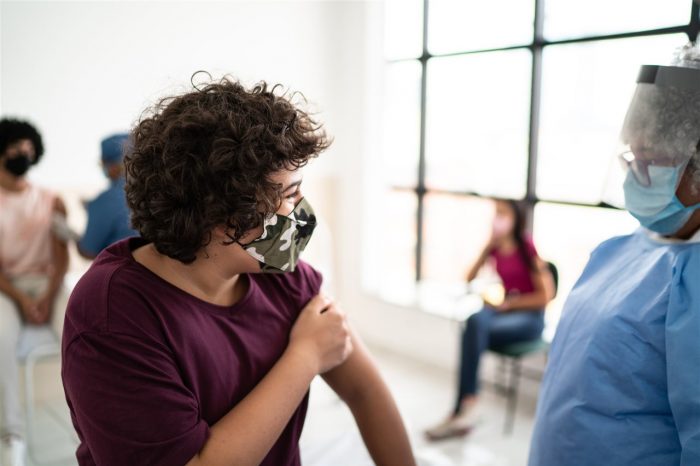According to the American Cancer Society, an estimated one in eight men will be diagnosed with prostate cancer in their lifetimes. Until now, conventional imaging, especially at low PSA (Prostate-Specific Antigen) levels, has not been able to identify the location and extent of the disease in the majority of cases of men with a suspected cancer recurrence. Now, Stony Brook University Cancer Center, in conjunction with Stony Brook Advanced Imaging, is the first on Long Island to offer men with prostate cancer targeted Positron Emission Tomography (PET) imaging with PYLARIFY® (piflufolastat F 18) Injection, a Prostate-Specific Membrane Antigen (PSMA) imaging agent.
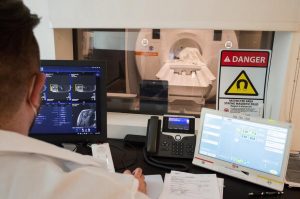
Backed by the experts and state-of-the-art technology at Stony Brook Advanced Imaging Center, this type of imaging enables visualization of lymph nodes, bone and soft tissue metastasis to determine the presence or absence of recurrent and/or metastatic prostate cancer.
Dr. Dinko Franceschi, Chief of Nuclear Medicine and Director of Clinical PET in the Department of Radiology at the Renaissance School of Medicine, states, “For years, there has not been good imaging modalities for prostate cancer – now we have this tool to see exactly where the tumor is in a patient, which will help in determining the best approach going forward.”
Developed by Lantheus, PYLARIFY® was recently approved by the U.S. Food and Drug Administration (May 2021) as the first commercially available PSMA PET imaging agent for prostate cancer. Those with suspected metastasis who are candidates for initial definitive therapy or those with suspected recurrence based on elevated serum PSA level are eligible for the scan.
PSMA scans are available at two Stony Brook Medicine imaging centers (Riverhead and Stony Brook) with more locations to follow.
For more information or to make an appointment, visit imaging.stonybrookmedicine.edu
About Stony Brook Medicine:
Stony Brook Medicine integrates and elevates all of Stony Brook University’s health-related initiatives: education, research and patient care. It includes five Health Sciences schools — Dental Medicine, Health Technology and Management, Medicine, Nursing and Social Welfare — as well as Stony Brook University Hospital, Stony Brook Southampton Hospital, Stony Brook Eastern Long Island Hospital, Stony Brook Children’s Hospital and more than 200 community-based healthcare settings throughout Suffolk County. To learn more, visit www.stonybrookmedicine.edu.
About PYLARIFY®
PYLARIFY® (piflufolastat F 18) injection s a fluorinated small molecule PSMA-targeted PET imaging agent that enables visualization of lymph nodes, bone and soft tissue metastases to determine the presence or absence of recurrent and/or metastatic prostate cancer. For men with prostate cancer, PYLARIFY PET combines the accuracy of PET imaging, the precision of PSMA targeting and the clarity of an F 18 radioisotope5 for superior diagnostic performance. The recommended PYLARIFY dose is 333 MBq (9 mCi) with an acceptable range of 296 MBq to 370 MBq (8 mCi to 10 mCi), administered as a bolus intravenous injection.

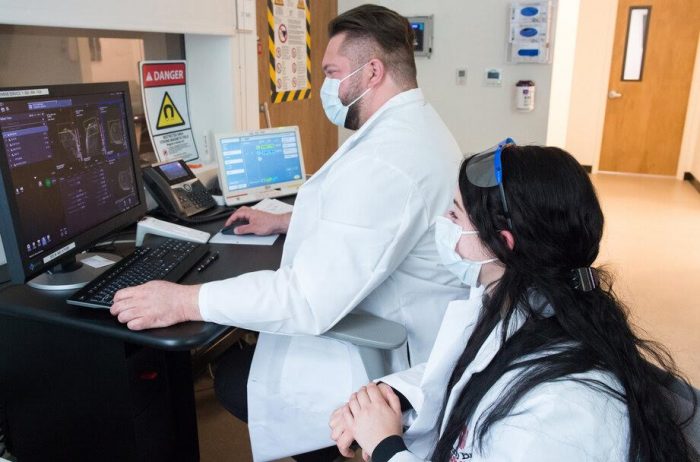

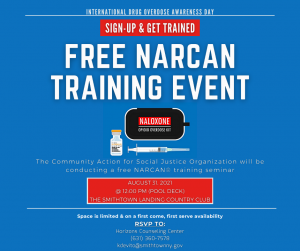 “This is an invaluable life saving skill for everyone and anyone to learn. Don’t think to yourself, I’ll never need this skill… you simply just never know! Accidental overdoses on prescription drugs can easily happen to an elderly person living alone or to a family member suffering from dementia. Additionally, we’ve been fighting an opioid epidemic for years. The coronavirus pandemic undoubtedly made it more difficult to fight back and get people help. Human beings make mistakes, but they all deserve a second chance… Narcan training is a weapon against this battle… and everyone should arm themselves with this life saving skill.” – Supervisor Ed Wehrheim
“This is an invaluable life saving skill for everyone and anyone to learn. Don’t think to yourself, I’ll never need this skill… you simply just never know! Accidental overdoses on prescription drugs can easily happen to an elderly person living alone or to a family member suffering from dementia. Additionally, we’ve been fighting an opioid epidemic for years. The coronavirus pandemic undoubtedly made it more difficult to fight back and get people help. Human beings make mistakes, but they all deserve a second chance… Narcan training is a weapon against this battle… and everyone should arm themselves with this life saving skill.” – Supervisor Ed Wehrheim


